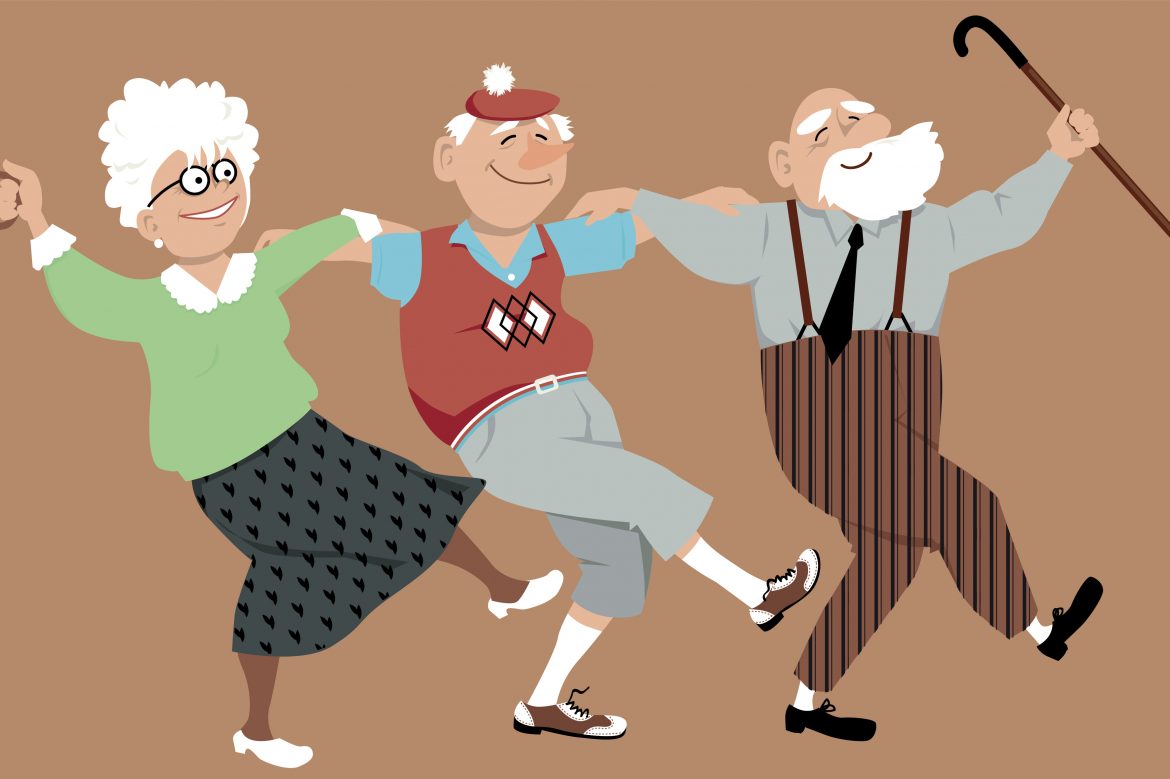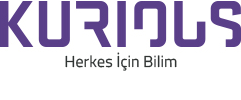
Dance To Age Well
What images come to your mind when you think about an old person? Is the image of a man who struggles to keep his balance on the street or is it of an old lady who forgets the name of her grandchildren?
The heartbreaking reality of neurodegenerative disease such as Alzheimer’s has blindfolded us. Therefore, it might be difficult to imagine a world in which healthy aging is not only possible but the norm. However, recent scientific discoveries are helping us to slowly take off our blindfolds and learn ways to prevent age-related decline.
Anti-aging effects of dancing
In a study published in March 2017 researchers reported that healthy older adults (63-83 years of age) who danced to new routines every week showed significant brain changes in areas related to motor function (precentral gyrus), memory retrieval, and spatial navigation (parahippocampal gyrus).
Patrick Müller (Otto von Guericke University, Magdeburg) and colleagues randomly assigned healthy seniors to either a dance program or a physical exercise program. The dance program changed frequently; participants learned line dance, jazz dance, rock “n” roll and square dance. On the other hand, the participants in the exercise program performed repetitive exercises focusing on endurance, strength, and flexibility. When they examined the two groups, the researchers observed increases in gray matter volume in the left precentral gyrus in the dancers compared to controls (exercise group) six months after intervention. Volume increases in the parahippocampal gyrus were observed in the dance group after 18 months. These findings indicate that dancers – when compared to exercisers – are better able to use their motor and memory functions. Volume increases in both the parahippocampal gyrus and the left precentral gyrus suggest that the aging brain continues to learn.
As part of the investigation explained above, a study published in Frontiers in Human Neuroscience in June further illuminates the neurocognitive benefits of dancing. Set out to examine the effects of dancing on hippocampus, a brain region crucial for memory consolidation, learning and navigation in space, Kathrin Rehfeld (German Center for Neurodegenerative Diseases) and colleagues found more evidence that dancing may have anti-aging effects for older adults.
This study also involved comparing dancing with endurance training for a period of eighteen months. Seniors (68 years old on average) took part in the weekly trainings that lasted for 90 minutes per session. While both types of training led to increases in hippocampal volume, only the dancers showed improvements in their ability to balance.
The authors note that “Balancing is an important everyday function, crucial for example for social mobility. Impaired balance often results in falls, which constitutes a major health risk factor with consequences both on morbidity (and even mortality).”
The dancers were challenged
According to Dr. Rehfeld, participants in the dance group were challenged with new routines every week. She points out that “The most challenging aspect for [the dancers] was to recall the routines under the pressure of time and without any cues from the instructor."
The researchers argue that dancing challenges people in a way that regular exercise may not. The changing choreographies, music and physical movements might surprise the brain in ways that regular exercise might not.
In sum, our brains seem to thrive on new experiences. Whether you are in your 20s or in your 70s, you can ward off some of the negative effects of aging on memory by dancing. The key is to keep the brain challenged while having fun.
REFERENCES
- 1. Müller, P., Rehfeld, K., Schmicker, M., Hökelmann, A., Dordevic, M., Lessmann, V., … Müller, N. G. (2017). Evolution of neuroplasticity in response to physical activity in old age: The base for dancing. Frontiers in Aging Neuroscience, 9, 56. http://doi.
- 2. Rehfeld, K., Müller, P., Aye, N., Schmicker, M., Dordevic, M., Kaufmann, J., Hökelmann, A., & Müller, N. G. (2017). Dancing or fitness sport? The effects of two training programs on hippocampal plasticity and balance abilities in healthy seniors. Frontier
- 3. https://www.sciencedaily.com/releases/2017/08/170825124902.htm
- 4. http://www.sciencedirect.com/topics/neuroscience/parahippocampal-gyrus
